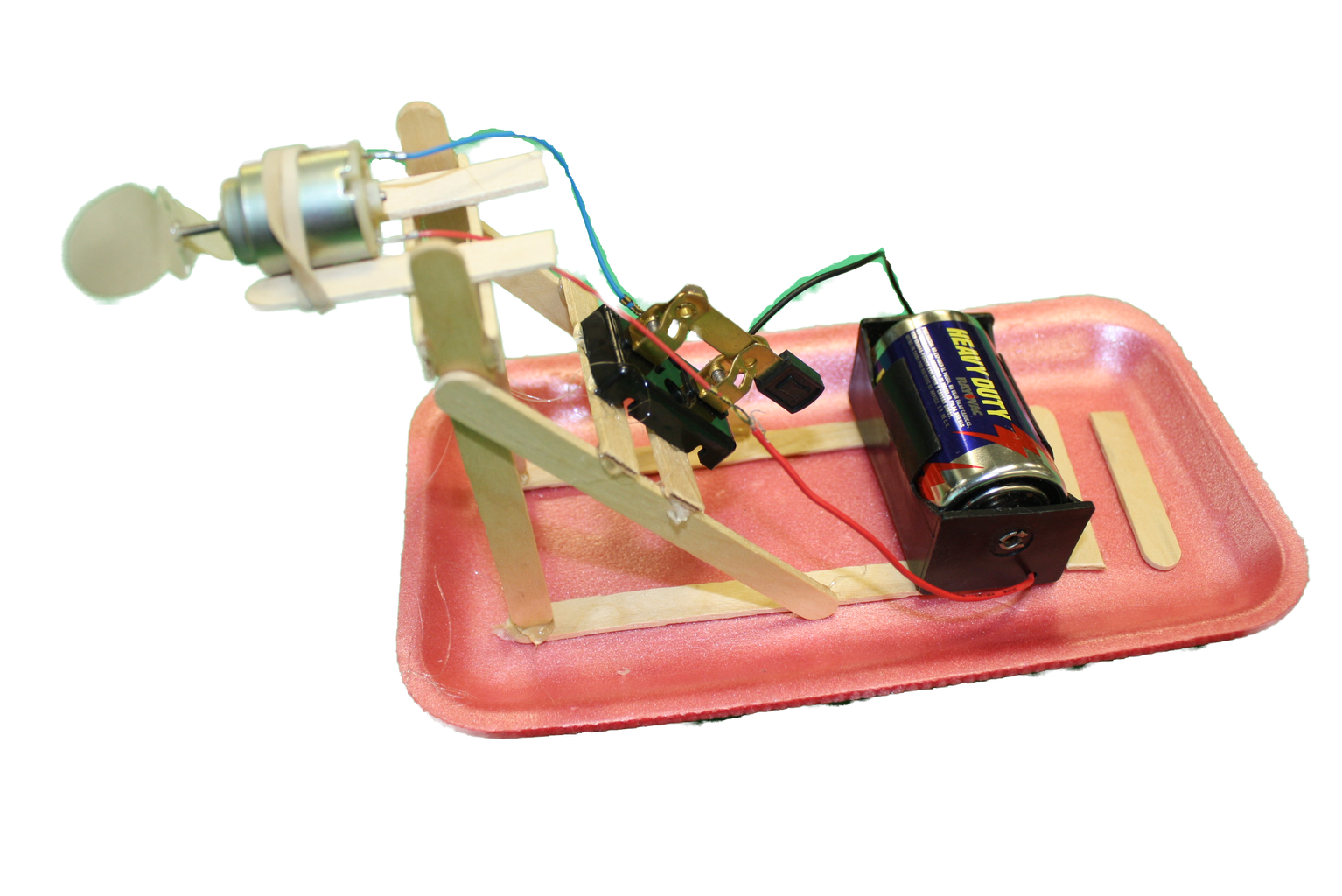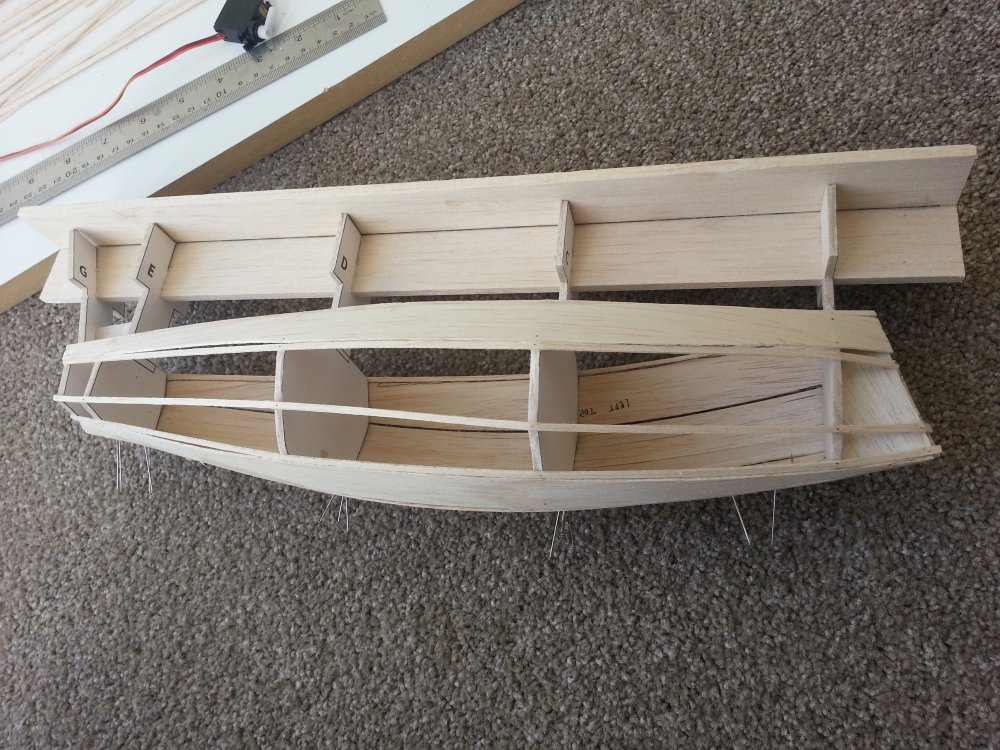
Beyond the Plans: Unveiling Hidden Gems in Wooden Boat Building
Building a wooden boat is a journey, a testament to craftsmanship and a connection with maritime history. While countless guides exist on the *how*, "How to Build a Wooden Boat That Is Both Beautiful and Functional" (let's call it "the book") excels by focusing on the practical. However, even the best guides sometimes overlook the nuanced, less-discussed aspects. This review delves into those hidden gems, exploring unconventional approaches and innovative solutions that could transform your boat-building experience.
Beyond the Blueprint: Rethinking Design & Material Choices
Q: How can I truly personalize my boat design beyond simple aesthetic choices?
A: The book emphasizes following the plans. But what if we reverse-engineered the process? Start with the *intended use*. What specific challenges will your boat face? Are you navigating shallow estuaries requiring a shallow draft? Will you be carrying heavy loads? Let these needs dictate the hull shape and structural elements. Consider using Computational Fluid Dynamics (CFD) software (freely available options exist) to model and test hull designs for optimal performance. This allows for customization far beyond tweaking cosmetic features.
Q: Are there sustainable and less common wood choices that offer comparable strength and beauty?
A: While traditional woods like mahogany and cedar reign supreme, exploring locally sourced and sustainably harvested alternatives is crucial. Consider Paulownia, known for its light weight and strength-to-weight ratio, or fast-growing plantation-grown species. Remember to research the specific propertiesâ€"resistance to rot, workability, and aesthetic appealâ€"before making a final decision. Consult resources like the Forest Stewardship Council (FSC) to ensure responsible sourcing. This adds a layer of environmental responsibility to your project, a topic often overlooked.
Embracing Innovation: Modern Techniques for Traditional Crafts
Q: Can modern technology enhance the traditional craftsmanship of boat building?
A: Absolutely! Laser cutting can create intricate patterns for inlays or precisely shaped parts, improving accuracy and reducing time. 3D printing can produce custom joinery components or even create models for testing different designs. While the book focuses on hand tools, integrating these technologies strategically can enhance efficiency and precision without sacrificing the inherent beauty of handmade work. Think of it as augmenting your skill, not replacing it.
Story: The "Accidental" Epoxy Innovation
A friend, a seasoned boat builder, faced a challenge with a particularly tricky seam. Traditional methods weren't yielding the desired watertight seal. He experimented by incorporating micro-balloons into his epoxy mix. The result? A lighter, stronger, and impressively watertight joint. This illustrates the power of experimentation. While the book provides excellent guidelines, don't be afraid to adapt and innovate, using your challenges as springboards for creative solutions.
Beyond the Boat: The Educational and Economic Aspects
The book is a valuable resource, but its educational potential extends beyond the individual builder. Educational institutions can utilize it as a foundation for hands-on woodworking and engineering programs, incorporating the innovative approaches discussed above. Further, there's a growing market for bespoke, handcrafted boats. Consider the economic opportunity: By mastering these skills and incorporating sustainable practices, boat builders can create a unique, valuable product and a sustainable business.
Potential Projects for Educational Institutions:
- Design challenges focusing on sustainable materials and innovative construction techniques.
- Collaborative projects where students work on different aspects of the boat build, fostering teamwork and specialized skills.
- Research projects investigating the performance of different hull designs using CFD software.
In conclusion, "How to Build a Wooden Boat That Is Both Beautiful and Functional" offers a solid foundation. However, by embracing innovative techniques, sustainable practices, and a problem-solving approach, boat builders can transcend the limitations of traditional methods and create truly unique, functional, and beautiful vessels. The true beauty lies not just in the finished product but in the journey of discovery and innovation.


















